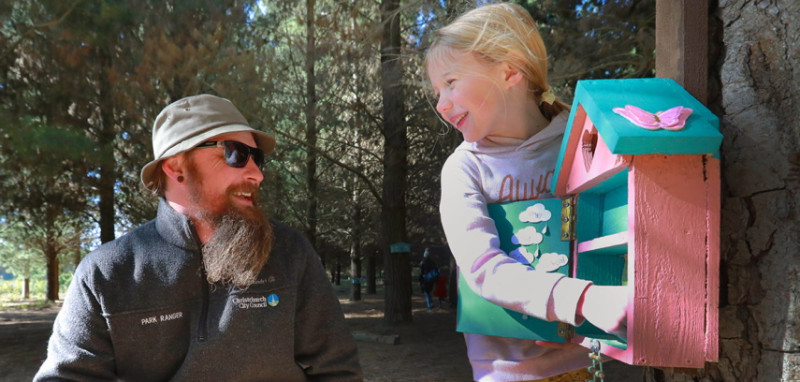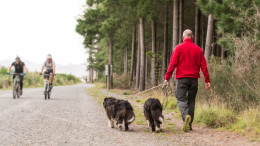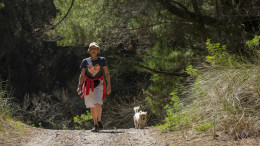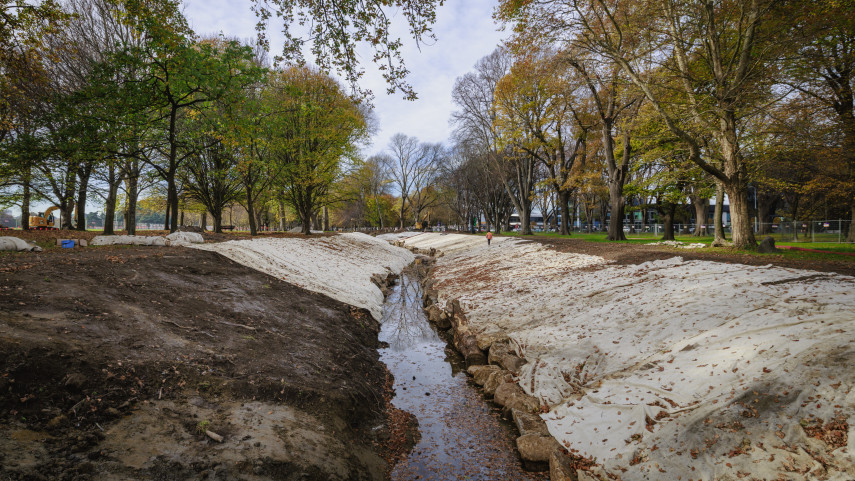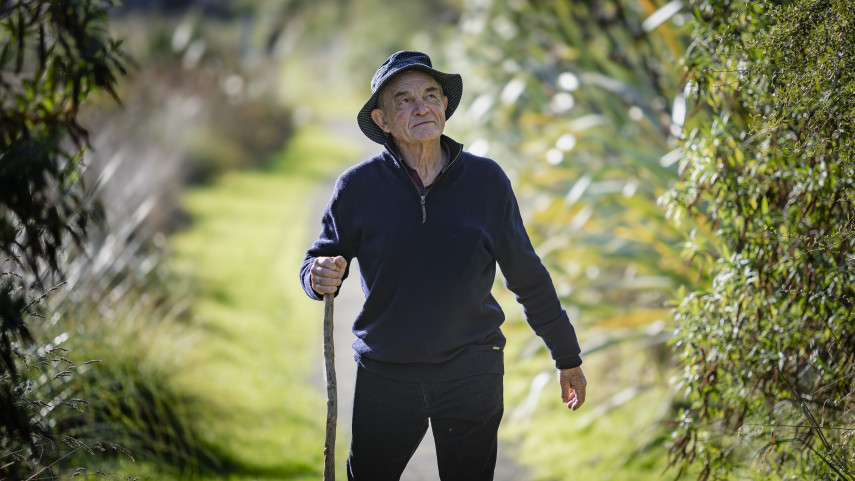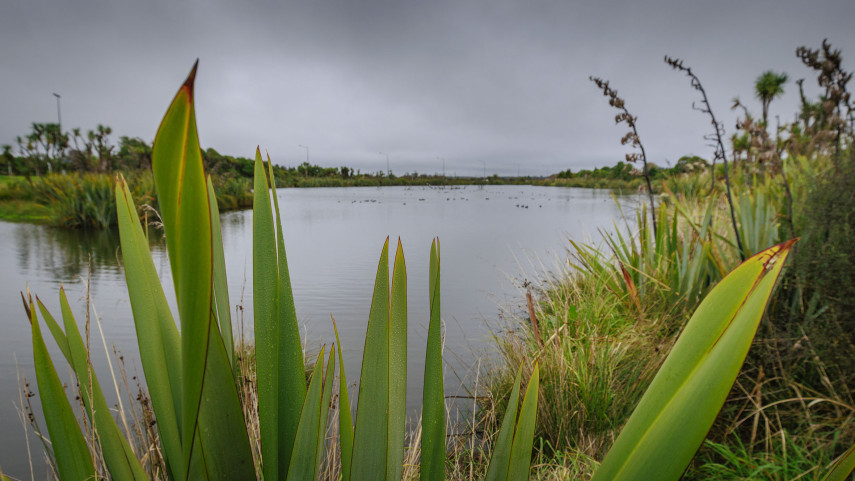Every Saturday: Parkrun 8am to 9am.

As a working forest, tracks may change at any time.
Download a park map [PDF, 2.9 MB] or visit the interactive walking map.
Getting there
The main entrance and car park is off Waitikiri Drive, off Burwood Road, via either Marshlands or Burwood.
You can reach the park on foot from Spencer Park and from North Shore along the Southern Pegasus Bay track.
Metroinfo(external link) has up-to-date bus information.
Motorised bikes and vehicles are not permitted in the forest.
Opening hours and gates
- Waitikiri Drive gates are open between 7am and 9pm year-round.
- Ring Christchurch City Council on 0800 800 169 or 941 8999 to release locked in vehicles at owner's expense.
Facilities
Coastal and forest walks, mountain-bike tracks and horse-riding trails.
The Visitor Centre, located at the Waitikiri Drive entrance, has track maps, brochures and displays about the park's history and ecology.
There are public toilets in the car park.
Dogs
Dogs under effective control are allowed in the park.
For safety reasons, please ensure dogs don't get in the way of mountain bikers.
Download a map [PDF, 2 MB] showing all recreational tracks and park facilities.
Walks
From lengthy wanders to shorter meanders, check out the blue and green tracks below.
You can also create your own walking track by mixing the walks with the grid pattern of working roads.
Mountain biking
The Bottle Lake Forest Track is suitable for everyone - from beginners to the more advanced.
Be sure to follow the markers and obey any detours or closures for your own safety.
E-bikes (pedal assist) are welcome on the MTB tracks but please be aware of other track users and keep to a safe speed.
Motorbikes and quad bikes are not allowed on any tracks at Bottle Lake.
Horse riding
Bottle Lake Forest has a dedicated track for horse riding.
Find out where else you can go horse riding in Christchurch.
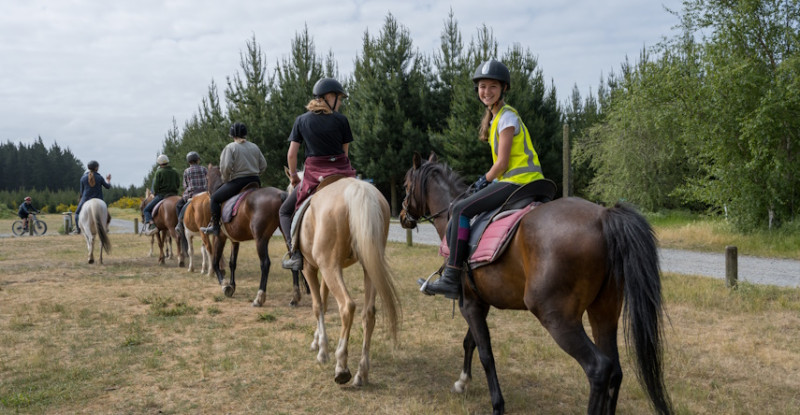
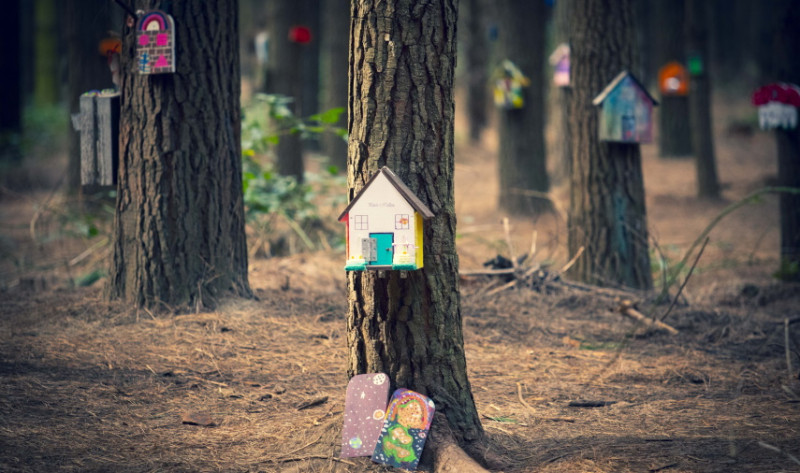
Welcome to the Fairy Village of Bottle Lake Forest
This magical village is home to hundreds of fairy homes built by families from all over the city. All are welcome to visit and put up their own special fairy houses or doors.
Tips for fairy house builders
Attach fairy houses with nails and screws to the timber planks already attached to the trees. This helps prevent damage to the trees.
Please make sure you install your house within the village to protect fairy occupants from ogres.
Visit
You can visit the new Fairy Village along Apple Road, close to the main entrance to Bottle Lake Forest on Waitikiri Drive.
Download a map. [PDF, 129 KB]
Background
The fairy houses sprung up during the Covid19 lockdown with many families passing through the forest for exercise. From a few scattered houses to hundreds, the fairy forest became an outlet for creativity and entertainment for children (and adults!) stuck at home.
Unfortunately, the original location of the fairy houses was in an area of forest about to be (sustainably) logged so the park ranger team helped the fairies move to their current village which is much easier for visitors to access.
Bottle Lake is organised in a grid-like pattern of roads, which can be confusing.
The north-south roads are named alphabetically Apple, Bravo, Charlie etc across to the beach.
The east-west avenues are numbered sequentially, starting from 10th by Spencer Park to the 28th by Parklands. Most junctions are signposted.
Use our interactive walking track map for a detailed look at the walking tracks in Bottle Lake Forest and other Christchurch parks.
You can also download a map [PDF, 2.9 MB] or collect one on-site.
Commercial forest
Operational logging areas are usually clearly signposted and marked 'out of bounds'. For your own safety please obey these temporary restrictions.
Please take note of the fire risk. If you see smoke or fire please phone 111 immediately.
Landfill site
An area of Bottle Lake Forest Park is being used as a landfill site for rubble and silt, following the Canterbury earthquakes in 2011.
Please be aware that trucks use Landfill Road Monday to Friday to access this site. Please ensure you check for vehicles before crossing Landfill Road.
Forming the coastal margin
The Bottle Lake Forest lagoons, wetlands and sand dunes were formed as silted stone and washed down the Waimakariri River from the Southern Alps.
Soil and dust blown by the nor-westerly wind was deposited over the lagoons, wetlands and sand hills, providing an environment for scrub and grasses to grow.
The original Bottle Lake is now a wetland and part of the golf course adjacent to the forest. Until the 1930s the lagoons and wetlands were frequently flooded with salt water washed in by high tides and storms from the sea.
Fences along the sand dunes were constructed to trap the sand and increase the height of the dunes along the coastline, providing better protection to the land from coastal waves and storms.
Plant life of the forest and wetland
The majority of land is used as a commercial pine forest. Under the pine trees, a dense carpet of moss and lichen can be found with regenerating native ferns, orchids, fungi, grasses, small trees and shrubs.
Small communities of salt-tolerant plants such as oioi, sedges and rushes occur within the wetland areas. On the edge of the wetland areas cabbage trees and flax can be found. Weeds, such as grey willow trees are a significant management problem within the remnant wetlands.
Wildlife in the forest
Blackbirds, sparrows, finches, silvereyes (tauhou) and thrushes can readily be seen around the edges of the forest. California quails are a common sight amongst the more established shrub areas in the forest.
Occasionally, ruru nohinohi/little owl, pīwakawaka/fantails, plovers and riroriro/grey warblers can be heard and seen around the forest.
The katipo spider, feared by some for its venomous bite, can be found in the sand dune grasses. The spiders eat the hard-backed beetle, which feeds on the roots of sand dune grasses.
Mahinga kai
The people of Ngāi Tahu and their ancestors used the Waitākiri wetlands, near what we call Bottle Lake Forest, as an area for gathering eels (tuna) and other fish. Māori also used native coastal plants for medicine, building materials, weaving, footwear, and weapons.
The wetlands around Bottle Lake Forest also provided a natural defence barrier against attacks from other tribes approaching from the coast.
From farming to forestry
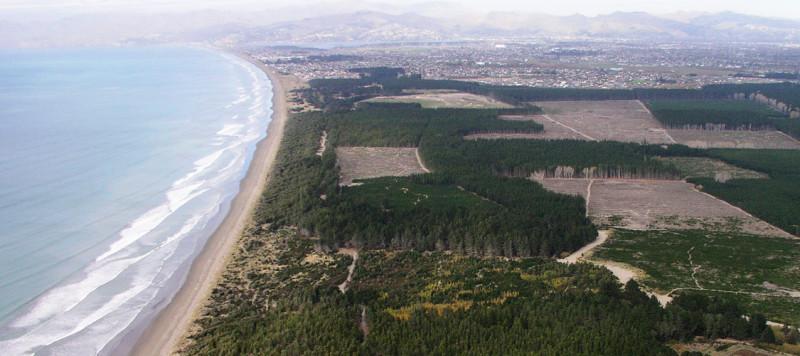
Bottle Lake Forest was originally purchased on behalf of the New Zealand Company and called "The Sandhills Run". In 1851 farming was attempted on the Sandhills Run, but was unsuccessful due to the sandy soil.
In 1878 the City Council bought the land for disposal of toxic waste and sewage. Five years later, in 1883, the first block of trial forestry was planted using Corsican (Pinus laricio) and Monterey pine (Pinus radiata).
A trial area was also introduced for commercial tree crops and over seven different species of pine were trialled. Remnants of these early tree trials can still be seen, which include poplars, sycamores and macrocarpas. By 1935 all available land had been planted in forest except the swamp and wetlands. The first clear-felling started in 1938, removing the trees that had been planted from 1913 to 1915.
In 1909 the Council resumed planting Bottle Lake Forest in an attempt to stop the sand drifting across the wetlands to the fertile soil areas that were used for market gardening.
Today, Christchurch City Council still owns the Bottle Lake Forest land, while the management and operation of the felling are now the responsibility of Raynoier/Matariki Forests who log in a 30-year rotation.
War history
Since 1867 Bottle Lake Forest has been used extensively as a military training ground, initially by the Mounted Calvary units of the Canterbury Yeomanry and Canterbury Mounted Rifles.
During World War II the Home Guard West Battalion used the forest as a defence post. Along the foreshore, an intricate system of trenches, machine gun positions, command bunkers and firing ranges were established in readiness for a Japanese invasion.
In 1940 the Council established a piggery in Bottle Lake Forest, in an effort to "do its bit" for England by providing meat to the New Zealand Home Guard. The piggery, known as the Burwood Municipal Piggery, was very successful with usually five hundred pigs in the pens at any one time.
After the war, the piggery was leased to a private operator, who continued operating until the mid-1950s, when it closed down.


